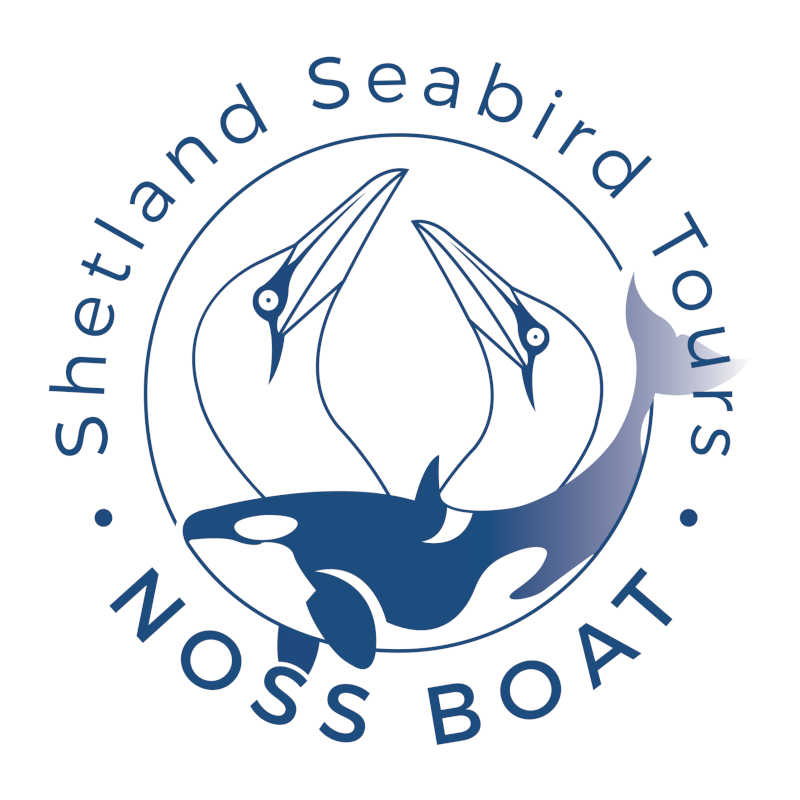I have not yet had too much opportunity to enjoy or put my new Olympus gear to the test, after switching from Nikon to Olympus at the end of January. With appalling weather in February and the world health coronavirus crisis and lockdown since…time spent behind the camera has been minimal. Plans are afoot to resurrect my garden hide set up before species other than House Sparrow and Starting start to move through as well as concentrate on more macro work in the short term at least. In the meantime, I’ve just been looking back at a couple of pre-lockdown Olympus sessions out into field on Shetland. The first early opportunity was on the westside of mainland Shetland, where, after a couple of failed attempts at approaching a very nervous Mountain Hare, I found another more confiding individual. Mountain Hare in early spring are still white, beacons against the harsh browns and dark peatlands of rural Shetland which rarely has any serious snowfall so little need for white camouflage ( or indeed any camouflage as predators are few and far between here). Given the culls of Mountain Hare on mainland UK, I think Shetland’s populations are probably the luckiest in Britain.



The changing topography of my approach to the hare meant that actually I ended up a little closer than I had intended to achieve a clean shot. In hindsight I’d have removed the 1.4 converter and given my fury subject a little more space – but in this instance I took what I could in the given opportunity. Mountain Hare are numerous and often approachable on Shetland. I can’t wait to go to a few of my hare hotspots after the lockdown finishes.


